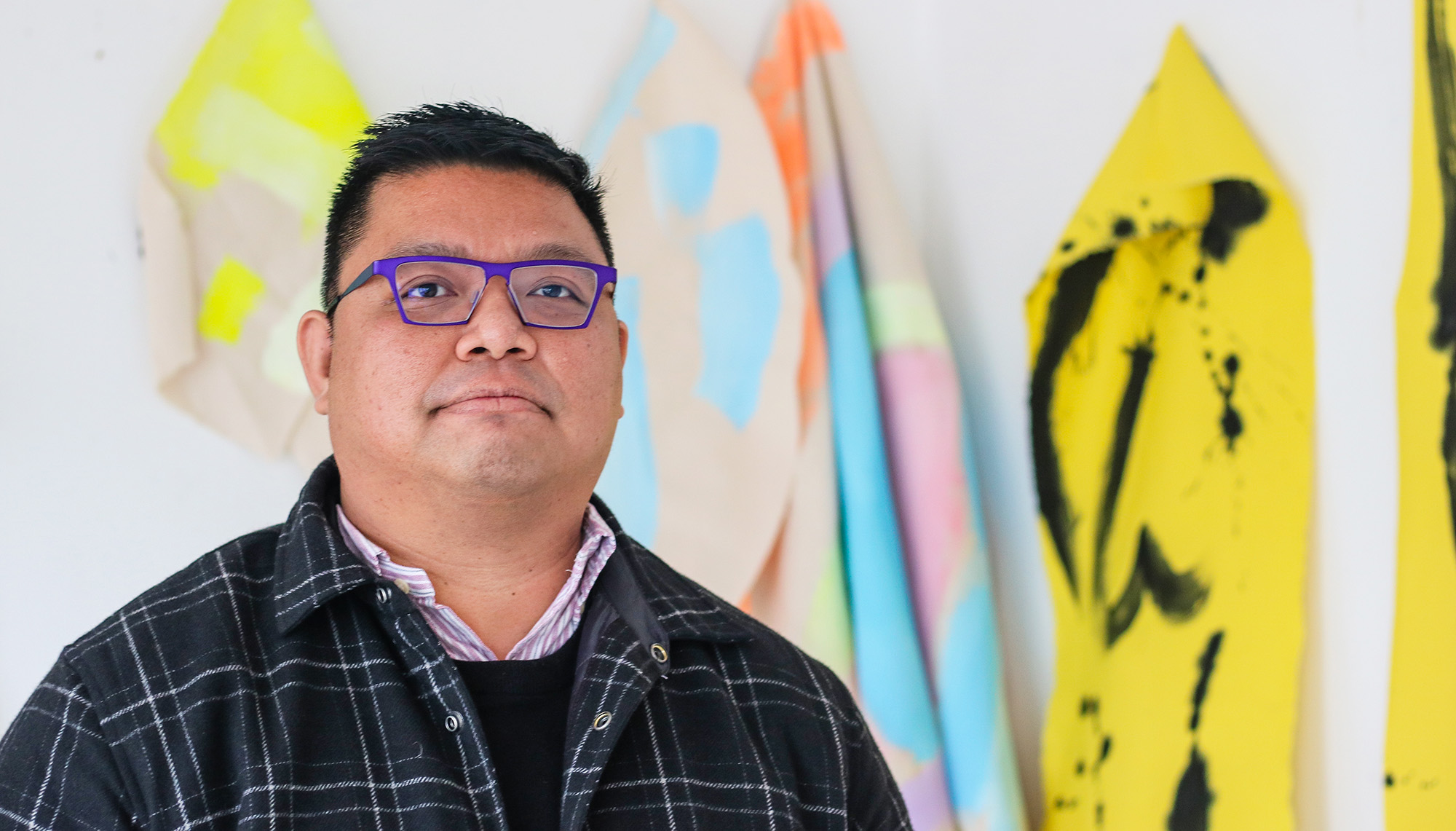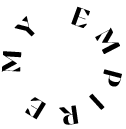
WAAP
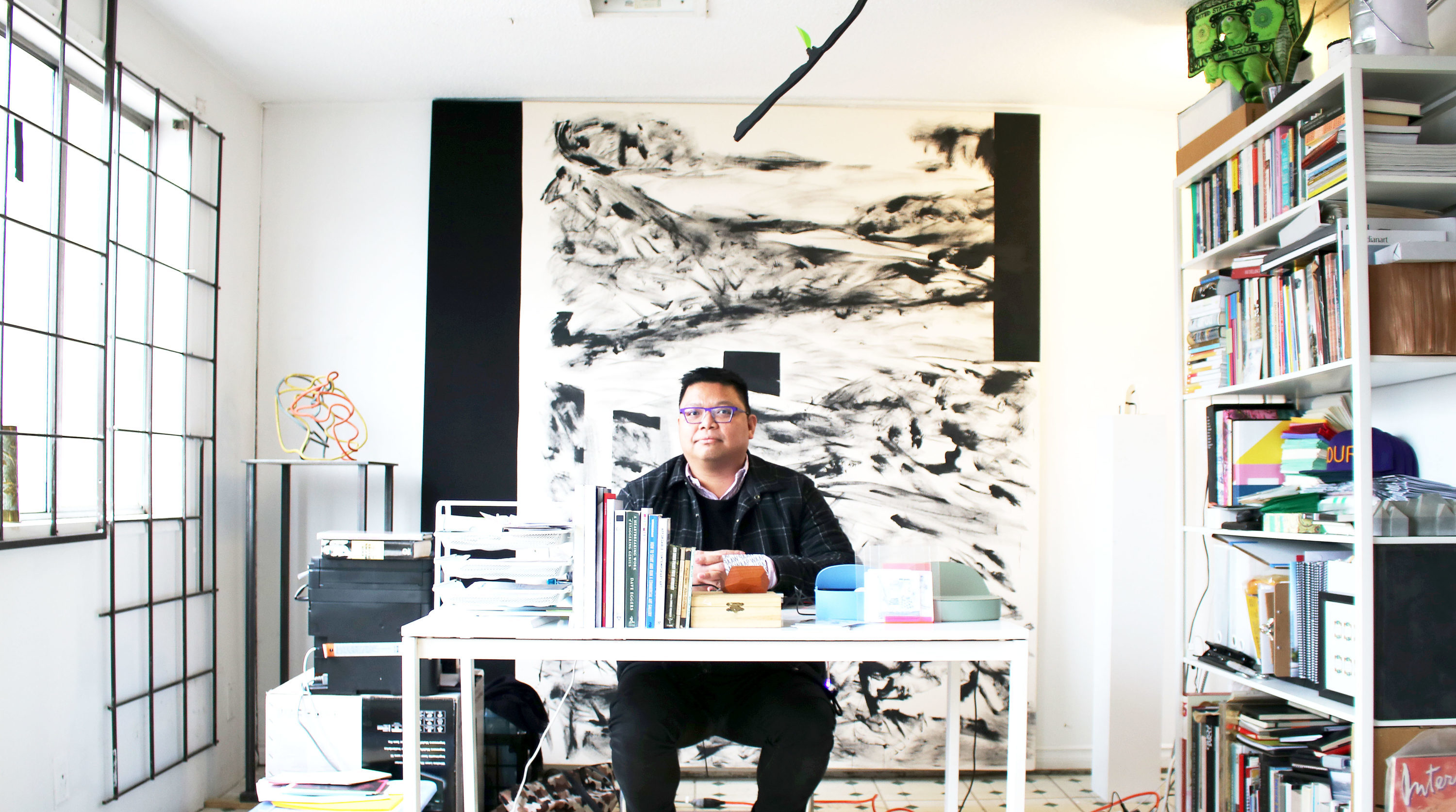
From a small exhibition space in his apartment, to a nationally recognized commercial art gallery. Meet Wil Aballe – owner of WAAP.
When did you start having visions of starting your own business?
Around the summer of 2012 I was asked to help curate and program a couple of art shows in Vancouver, fortunately they were very well received. After these shows, there seemed to be a rumour amongst all my artist friends that I was opening a gallery. This wasn’t true, but it did make me think about the idea. I knew that opening a gallery was going to be tough and I also knew of some well sought after galleries that were closing in the community, so I guess I thought there was a real lack of spaces that we’re a good platform for young artists and students. So by January, I opened an exhibition space in my apartment.
What were your biggest motivations in starting your own company?
It all stemmed from being an art collector and really passionate about art. I thought because I had a passion in buying art, that I would be great at selling it, which is not true. I thought that maybe my specific tastes in collecting were other peoples tastes in collecting which isn’t necessarily the case. I also felt a responsibility for younger artists who don’t necessarily have a platform or channel to showcase their art on walls and I wanted to be that for them.
How did you know that you had an idea that was going to work?
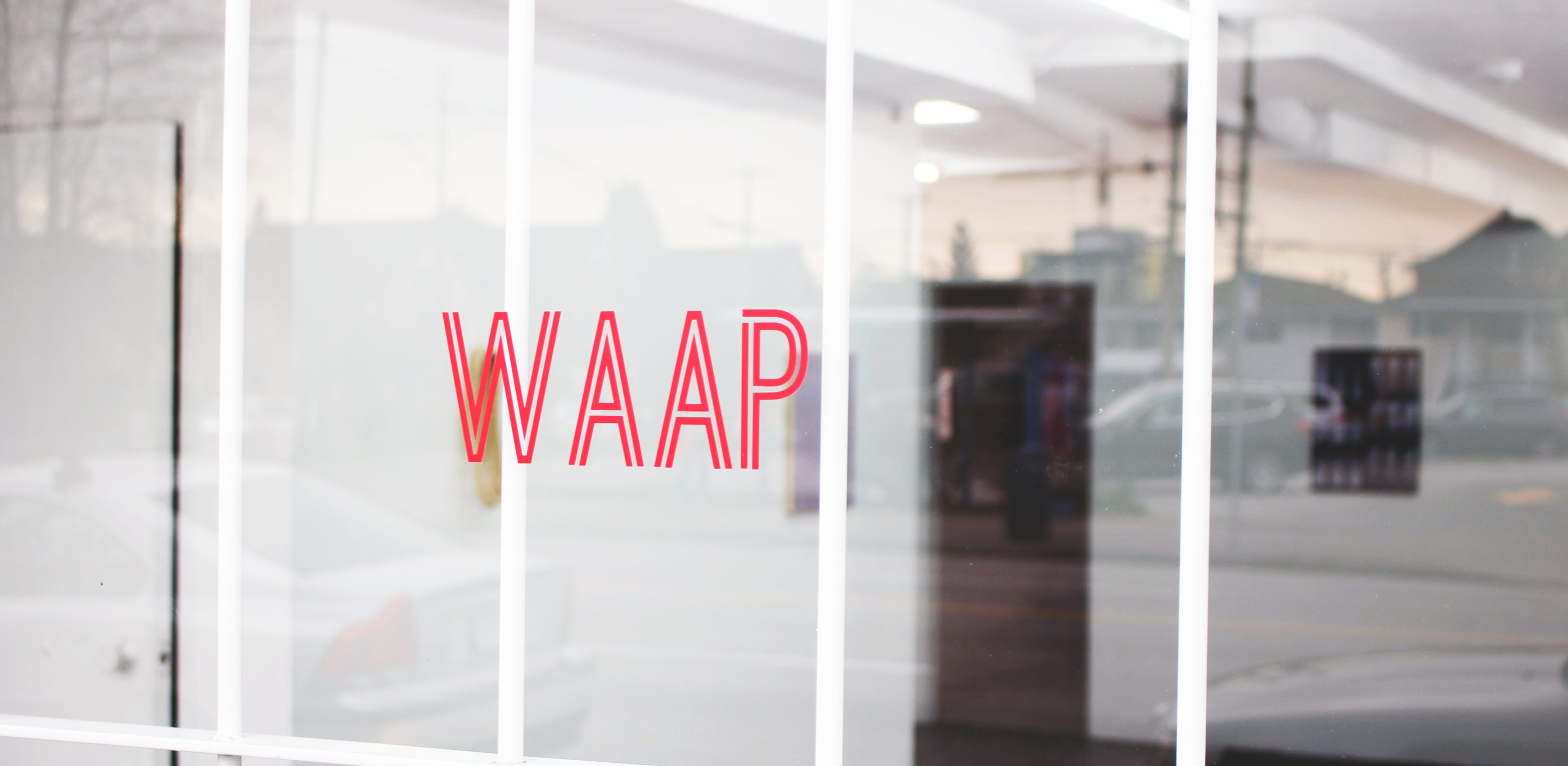
How did you fund the first steps or what creative strategies did you use to execute on minimal cash flow?
I didn’t have any funding. I built it entirely on my own. When I first started, I was very naïve. You don’t really think about like, “Oh, I’m going to fund this.” I was starting out of my apartment, I didn’t have to pay rent so that was great. And I had a day job. So I maintained the day job for like six years until a couple months ago.
It was very much a side hustle for a long time, which actually was the main hustle. It ended up quickly that my day job was my side hustle to be able to fund this thing that I really wanted to do – it was the engine. And I just couldn’t figure out how to leave earlier.
And in the early years, I was concerned that the perception was that it was a side hustle and that people would think that I wasn’t taking it seriously.
How did you develop key partnerships?
A lot of the early artists I collected, I already knew them for a long time through the art scene. I think a lot of the key partnerships were really developed over 5 to 10 years of just being in the scene and hanging out/ networking with them – I think I saw every single show that was in Vancouver for like 7 years, everything that was ever put on.
How did you handle adversity and doubt either from yourself or any friends?
There’s doubt all the time.
I think the one funny thing about commercial galleries is that there’s no guide book as to how you start or develop it, like every one kind of does it a little differently and starts from a different position. And so, there’s always doubt as to whether you’re doing it right. I do have my partner to bounce ideas off, a great sounding board. He’s an artist. We didn’t always have the same taste in art and the same perspectives, but in the last few years, we’ve aligned.
Did you have anyone to help you with decisions or a mentor?
Yeah, I have some informal mentors who I go to when I need to. I think you need to when running your own business. When I run into big questions – there are people who I can turn to.
I’ve developed a network of people outside of Vancouver who just want to see me succeed and they’re not involved in the politics of this city, so I go to them.
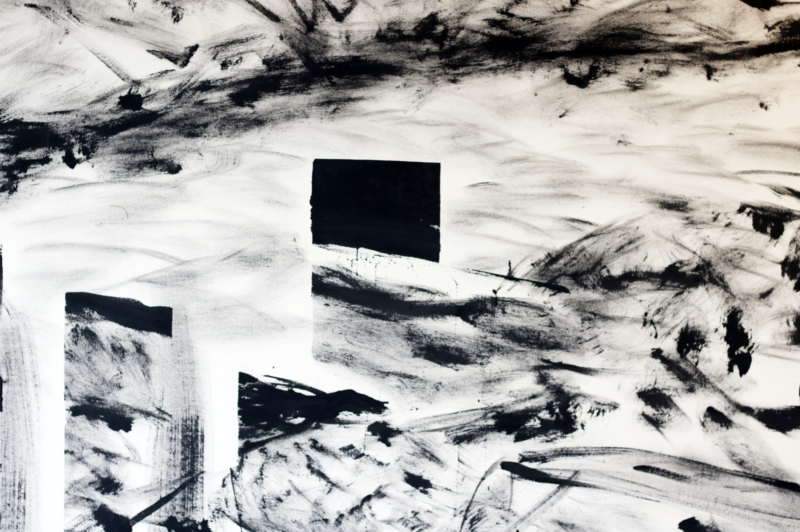
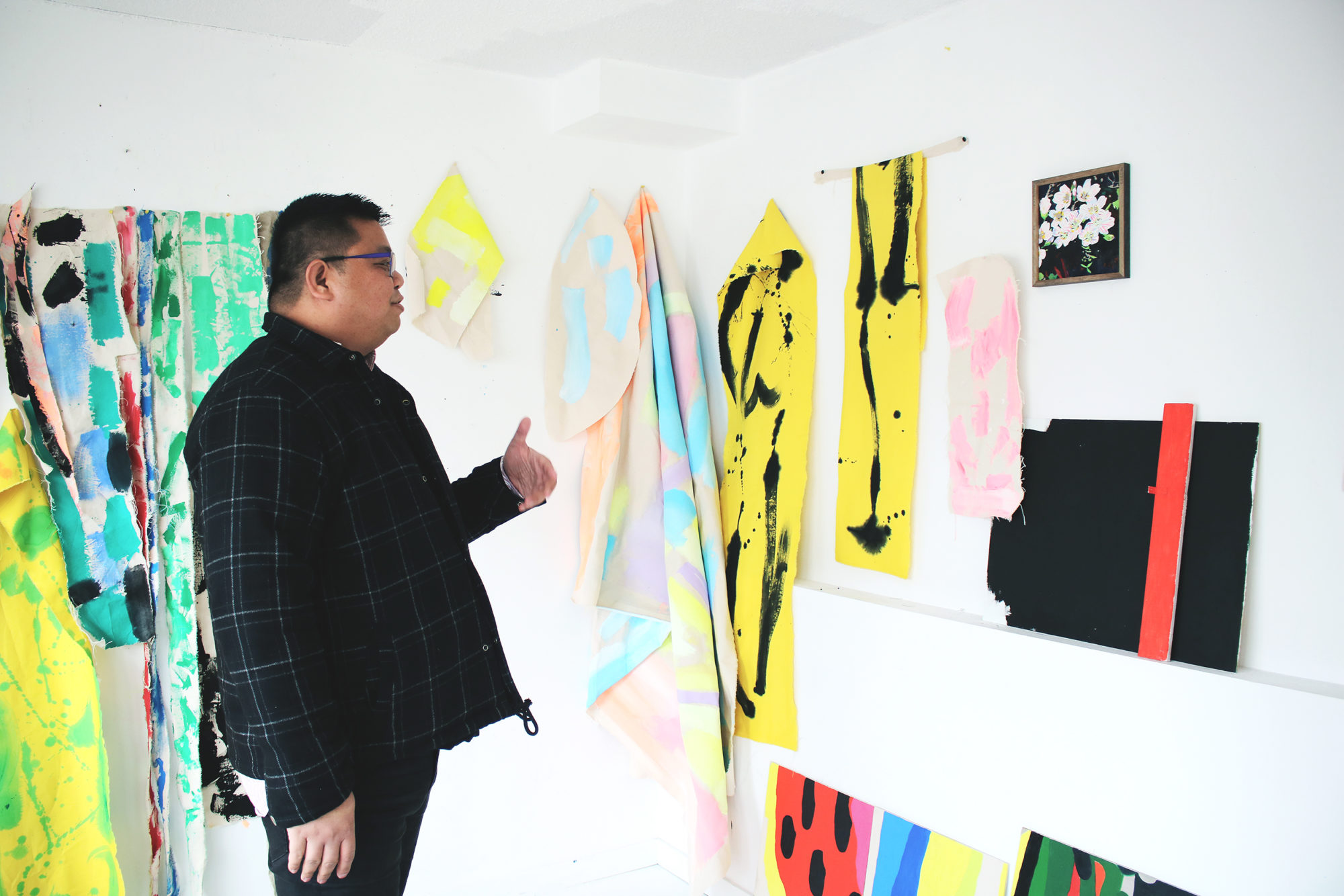
What failures (if any) happened along the way and how did you overcome them?
The first location after the apartment was a total mistake – in terms of the financial side of the business. But we just moved in anyway. In a way, looking back it was sort of like a success in terms of the kinds of shows we were able to put on because of the location. It also made me more of a snappier decision maker which is very important. I do this to build a community for the artists and I want them to succeed but I’ve learned that you can only give certain aspects of the business time lines or set goals. If they don’t hit those marks, then you have to pivot.
What keeps you up at night and how do you tackle this?
Just when there’s a short-term cash flow issue. That’s the only thing. I do love everything. I love the mundane tasks and admin work. There are bad days at the gallery and I have the ability to remain optimistic. I have a way of compartmentalizing where I could absorb a piece of information and take it seriously but shelve it.
I think some days, you show up and like by 10 AM, you’ve had three disasters. I think weaker people will fall apart and latch on to that and have it ruin their day. But I also know that the day has been structured and I need to accomplish certain things and I can’t have it be ruined. So, you just say, “I’m aware that it’s a disaster. I need to figure that out later.”
Who created the WAAP brand identity? What was the process and did you have a lot of input into it?
When we first started, we had no money for marketing. So a lot of it was DIY. I don’t really believe in asking people to work for free. So I didn’t want to go and ask artists or students to develop the branding. Actually, the logo is a free font. It’s a font called Ostrich Sans that I found and I really liked it and it also worked very well as the WAAP acronym.
How important is social media for your business?
Social media is very important. I don’t know if I’m that good at it but we try to maintain an Instagram presence because It’s super important for galleries nowadays. A lot of young artists don’t go to galleries anymore. They just look at work on Instagram.
We do have a Facebook page but I’m getting disillusioned with it – I know Facebook owns Instagram. Facebook is constantly changing and I don’t really agree with some of what I’m reading. It’s not really that critical to how the gallery runs except that I think Facebook event invites still matter. We use Facebook almost solely for that purpose. But it’s mostly Instagram. Our new website is a great online tool and for presence. We just got on board with a platform called Artsy which is like a cellular platform that was developed from the graduates of Harvard. It’s quite a big platform for art.
How do you create content for social media? Is it a thought out strategy or something more spontaneous?
No, it’s not timed or scheduled. I know a lot of businesses are quite deliberate about that and strategize the content. The one social media rule that I’ve adopted recently that’s for Instagram is that all images should be professionally-taken. It’s very important to portray a styled instagram feed, so I moved away from snaps that I take on my phone.
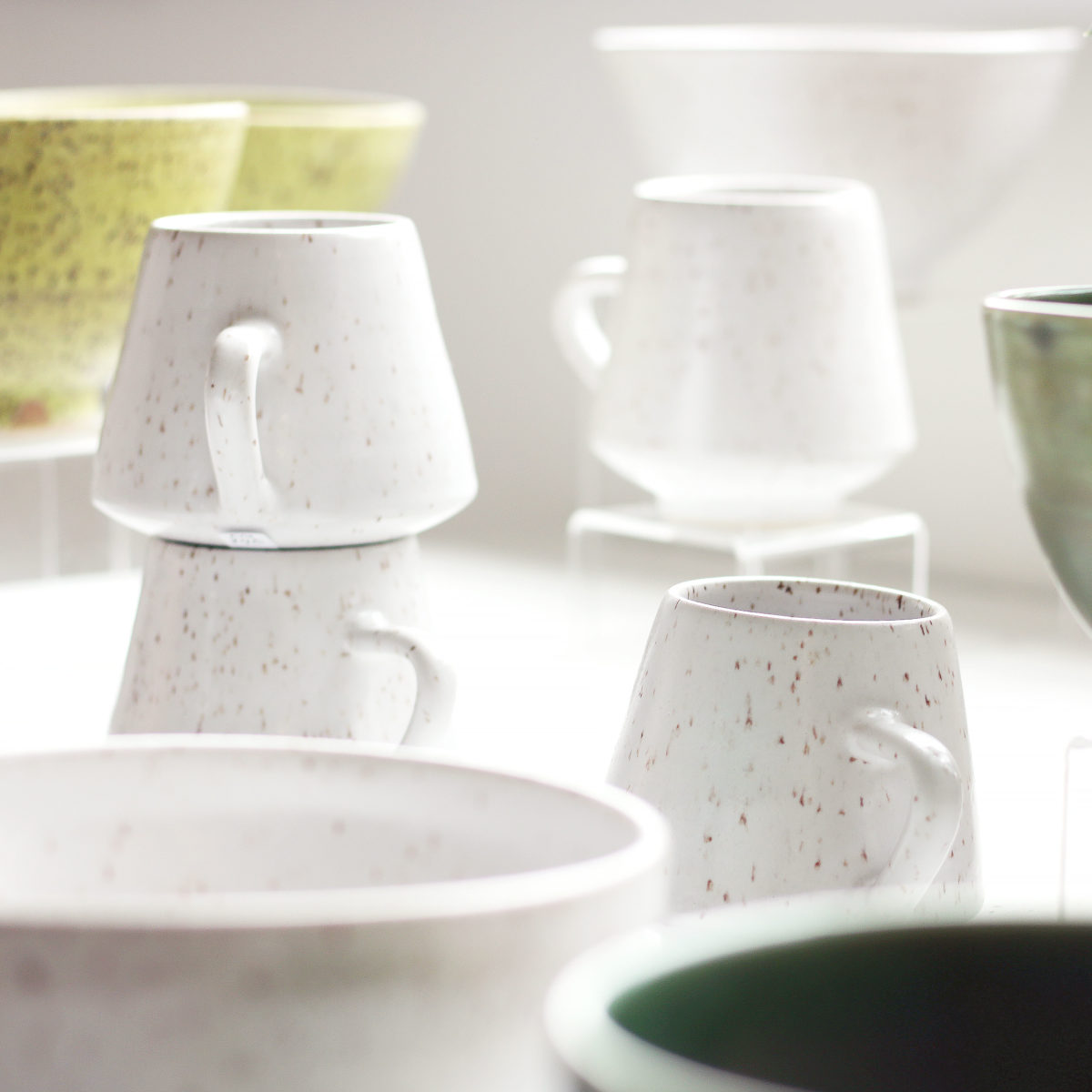

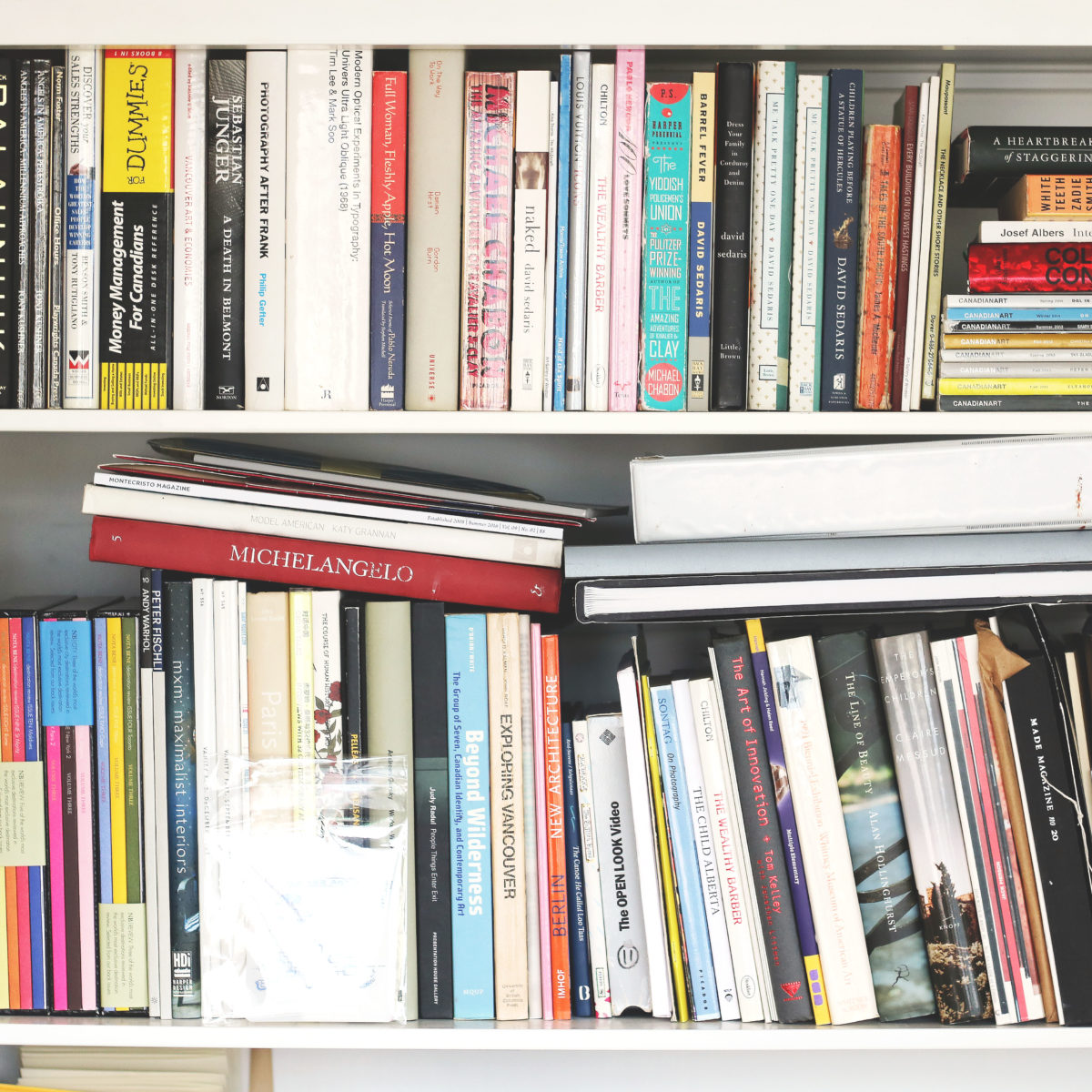
What elements of the WAAP experience do you think most resonates with people?
I think people generally like the programming. I get feedback that there’s a specific aesthetic that the gallery has but no one can really explain it to me and I don’t know what it is per se. In the last couple of months, I’ve been thinking a lot as to what that might be – it’s a malleable thing. So it’s like a shape-shifting element that I can’t quite pin down – I think that’s a good thing.
People really like the fact that we are just going for it and have courage. There’s a real support from the community because the artists are often young and this is their first show ever and it’s a great platform. We give them a chance. I think people understand that we do that, and it matters.
When you feel overwhelmed or unfocused, what do you do?
I don’t like working when I’m feeling unproductive or overwhelmed and I can sense when I’m not productive. I’d rather actually be doing nothing than go to work because I think I work a lot. I’m a workaholic. It’s my mode that I feel most comfortable in.
if I wake up in the morning and I really don’t feel like working then I have to grab my coffee and breakfast somewhere that feels like comfort food. I load it up in the car and I’d go for a drive up to the sea the sky. Usually around Britannia Beach I grab another cup of coffee and then I drive back to Vancouver. Then I head to the gallery and sometimes it clears my head space enough that I can work. And if I can’t work then it’s a day where I’m just doing something else.
What is your favourite aspect of being an entrepreneur?
It’s feeling like there’s a sense of purpose – I mean that’s a very romantic idea of entrepreneurship, but it’s a very tenuous thing that you feel if there are successes, you own it. I guess it’s like very amorphous – I haven’t had that kind of level of success yet where I just feel like I own it but I think humility is really important – I know it’s not entirely really mine but it’s like all the accumulative effort of everybody who has been involved in this gallery and I’m leading the charge. That’s what I love
What one piece of advice would you give a young entrepreneur who is about to start their journey and open their own Art Gallery?
They should figure out how they’re going to fund it. Figure out how much it’s going to cost on an annual basis to run the business and conservatively, like not high in the sky like, “Oh, you could do it for as cheap as this.” Get a sense of that, at least ballpark. And then figure out where that money is going to come from.
So in going through that exercise, maybe then you will realize you’ll need to find a backer. We didn’t do that exercise right off the bat. It’s been hard to realize those harsh truths.
